Visiting a foreign country is always interesting but some things in Colombia may be strange for foreigners accustomed to differences in their home country.
When I arrived in Medellín over eight years ago, some things stood out as strange or different than what I was accustomed to in the U.S.
Over the past several years I have talked to many foreigners that have shared what they thought were things in Colombia that they found were strange for foreigners visiting Colombia or moving to Colombia.
In this article we look at 14 things in Colombia that may be strange for foreigners or unusual or just different. The 14 strange or unusual things in this article are in no particular order.
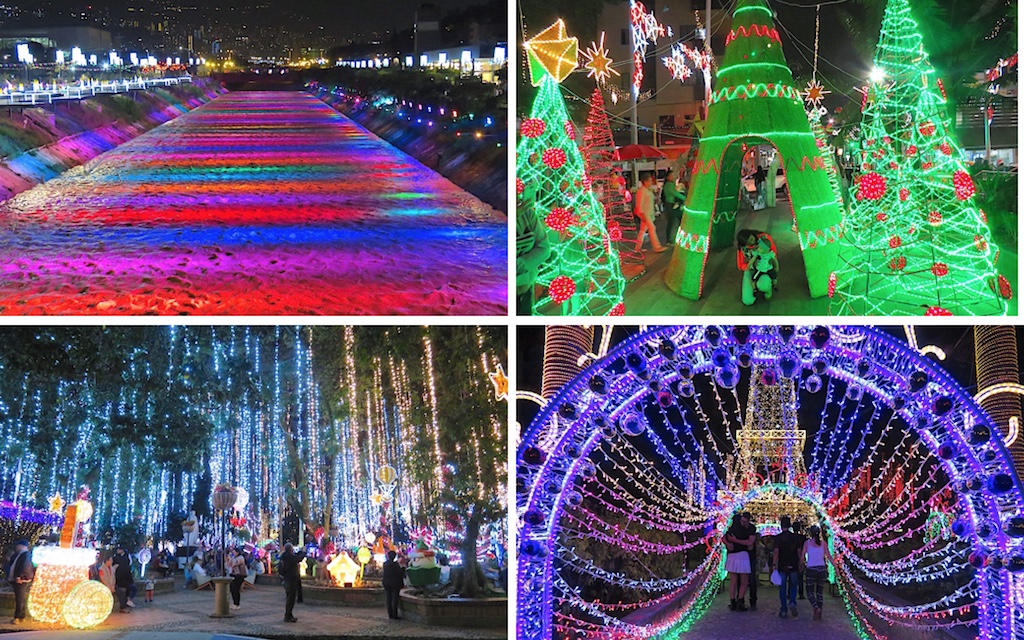
Aburrá Valley Christmas lights in 2019
1. Christmas is Not One Day – It’s a Month in Colombia
Unlike other countries where Christmas is strictly a religious (and consumerist) holiday that is essentially over within 24 hours, in Colombia the Christmas starts in early December and goes right through the month.
Colombians really celebrate Christmas in a huge way each year. And Christmas is about a month-long celebration in Colombia. It’s not just a single day or a weekend.
Medellín in particular celebrates Christmas with its world-class Medellín Christmas lights that are turned on starting in late November for over a month.

Celebrating Christmas with part of my wife’s family
The Christmas season in Colombia unofficially tends to start on December 7, which is known as Día de las Velitas (Day of Candles). People place paper lanterns and candles, which placed on porches, balconies, streets, sidewalks, squares and parks in cities and pueblos throughout Colombia.
Also, after Christmas day, Colombia celebrates “The Day of the Innocent Saints” on December 28. This is a day dedicated to playing practical jokes on friends and family.
Also, keep in mind that Santa is rarely found in Colombia, as baby Jesus and the three wise men are the ones who bring the presents.

A cup of hot chocolate, bread and cheese on the side to dip in
2. Cheese Seems to be On and In Everything
Colombians love cheese. Their love to cheese goes so far, that they put it nearly on and in almost everything.
You think you only ordered a fruit salad? There’s most probably gonna be some cheese on it. Oblea (like a flattened waffle cone) will be served with arequipe, jam and of course, cheese.
Hot chocolate with cheese is also a thing that Colombians like to drink. Colombian like putting pieces of cheese in hot chocolate. And it tastes as bizarre as it sounds. The first few sips are chocolatey enough, but once the cheese and chocolate have had time to mingle, a pungent flavor emerges.
The list of foods in Colombia with cheese seems to be endless. Also, the cheese here is not as salty and strong in taste. It’s fresh cheese. And it’s soft in texture and pretty neutral in taste.
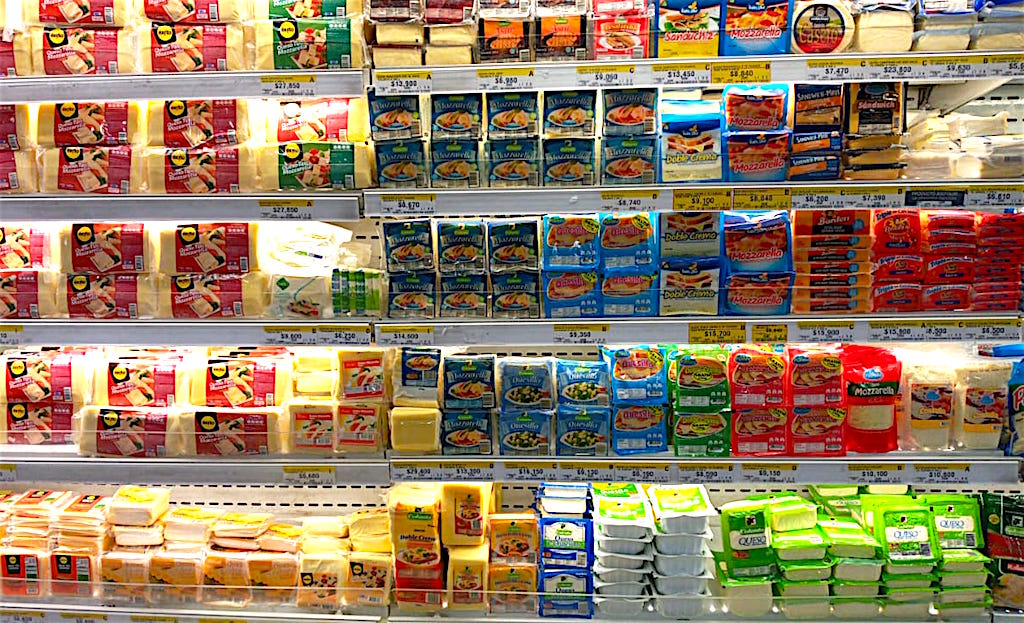
Small selection of cheeses at an Exito store
3. Cheese is Popular but the Selection of Cheeses in Stores is Small
Above we said that cheese is found in many foods in Colombia. But in most grocery stores the cheese section is surprisingly small compared to grocery stores in the U.S.
At an Exito store in Sabaneta I found only 10 types of cheeses with a few brands for some of the types of cheeses. Also, there were only three cheeses that were imported.
If you are looking for a larger selection of cheeses, PriceSmart has a decent selection that has a wider variety of cheeses than are found in most grocery stores.

Tankless gas water heaters are common
4. Colombia Uses Tankless Gas Water Heaters
Unlike the hot water tanks found in most homes in the U.S. Colombian apartments and casas (houses) typically use tankless water heaters. A few homes in Colombia may have storage water heaters with tanks but that is not very common.
The tankless water heaters used in Colombia take a little while for the water to heat up when taking a shower. But in my experience, they work well for a long, hot shower. But if you have more than one bathroom, you likely won’t be able to have two people taking hot showers simultaneously.
Tankless water heaters, also known as on-demand water heaters, use high-powered burners to rapidly heat water as it runs through a heat exchanger and deliver it directly to your faucets or shower without storing it in a tank.
Also, tankless water heaters are typically 22 percent more energy efficient on average than the gas-fired storage-tanks according to Consumer Reports.
Storage tank water heaters are commonly found in most homes in the U.S. Their components are an insulated tank, typically holding 30-50 gallons of water, to heat and store the water until it’s needed.
In addition, tankless water heaters typically last 20 to 30 years, double the forecasted useful life of a storage tank water heater.

You can find Gana everywhere in Colombia
5. Cash Payment Places are Everywhere
Many Colombians don’t have bank accounts or credit cards. So, many Colombians pay bills using small cash payment places.
You will find small cash payment places everywhere in Colombia. Two of the most popular are Gana and Efecty. You can pay most bills in these places and also recharge pre-paid cell phones with additional minutes.

Milk is sold in bags
6. Milk is Sold in Bags on the Shelves
Instead of rigid plastic (or glass) milk jugs found in refrigerators in grocery stores in the U.S., milk in Colombia is sold in bags (and cartons) on shelves in the store. I have never seen milk being sold in a jug in Colombia.
Milk bags contain less plastic than a milk jug, causing less environmental harm than milk jugs. Milk bags are considered more ideal from an environmental standpoint than paper milk cartons or glass milk bottles.
The milk bags are typically 1 liter and can be placed in a jug and a corner of the bag cut to pour. Since it is small, the milk goes bad less frequently than jug milk, which is usually larger.

Sauces are also sold in bags
7. Sauces are Sold in Bags on the Shelves
Many sauces including mayonnaise, ketchup, barbeque sauce and countless other sauces are sold in bags in Colombia.
The reasoning is similar to milk sold in bags. Bags contain less plastic than a container, causing less environmental harm.
But you can still find sauces in hard plastic containers in Colombia, which are usually imported.

Good bananas can be hard to find
8. It’s Difficult to Find Good Bananas
Colombia is a fruit lover’s paradise with many delicious and exotic tropical fruits that are difficult to find in North America or Europe.
In Colombia, you can find the typical fruits that are easy to find in North America and Europe like apples, pineapples and strawberries. One of the benefits of living in Colombia is the tropical fruits, which are delicious, inexpensive and plentiful.
Colombia is the second most bio-diverse country in the world after Brazil. So, it shouldn’t be a surprise that Colombia has a tremendous number of tropical fruits available.
We previously looked at 30 exotic tropical fruits in Colombia. With all these fruits available in Colombia, one would think that good bananas are plentiful. But there are some grocery stores that typically don’t even have bananas. However, you can find bananas in some grocery stores and fruit markets.
But finding good bananas can be a challenge. In stores that have bananas, the bananas are typically green or overripe. So, it can be difficult to find good bananas. Some foreigners I talked to recently complained about the difficulty in finding good bananas. This may be due to the best bananas being exported.

You may have to pay to use restrooms, this one near a metro station with an 800 peso fee
9. Some Public Restrooms You Have to Pay to Use
One thing surprising for some foreigners visiting Colombia is that many of the public restrooms and even some restrooms in individual restaurants and stores you will have to pay a small fee to use. This is rarely seen in the U.S.
Also, you in some restrooms in Colombia, you may have to pay extra for toilet paper and some toilets may not even have toilet seats.
In addition, next to a toilet you will typically see a small trash can where they will want you to put the toilet paper instead of flushing toilet paper. This is due to plumbing not being very strong.
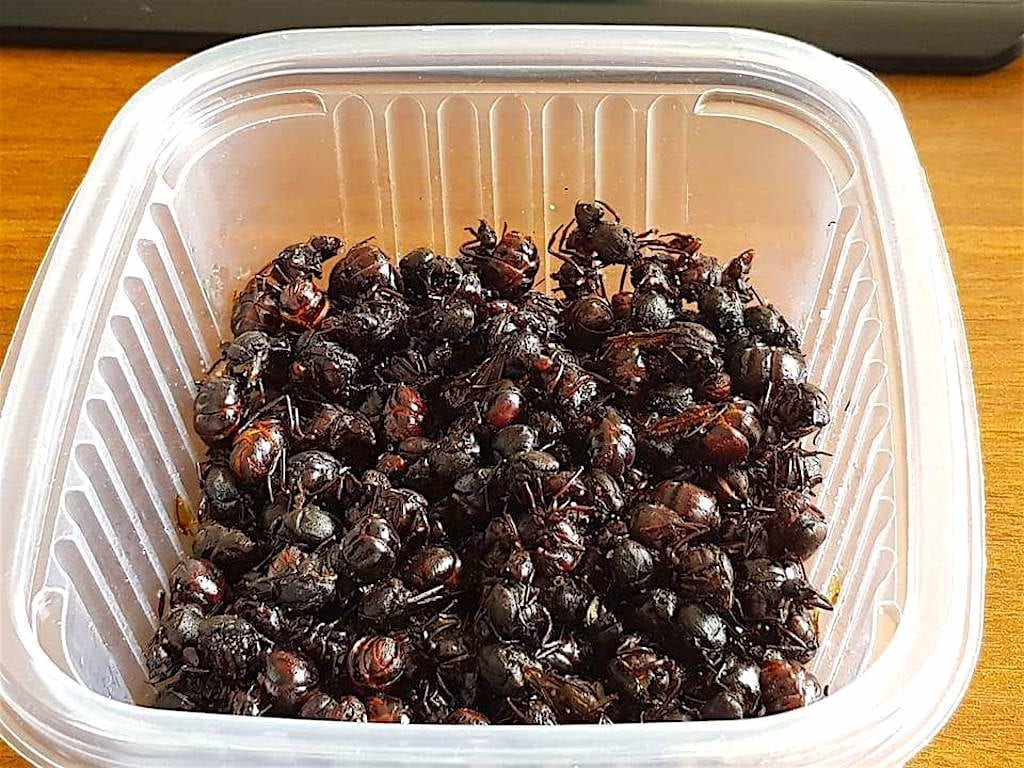
Hormigas Culonas, photo by Naira Abal
10. Colombians Actually Eat Ants
Hormigas Culonas are considered a delicacy in the Santander region of Colombia and can be found in other parts of Colombia. Hormigas Culonas translated literally means “big bottom ants”.
They ants are roasted with salt and you eat the backside of the ants, not the heads. And they taste kind of like popcorn.
Also, if you happen to go during the dry season, keep in mind the ants aren’t the freshest. The ants are harvested during the rainy season.
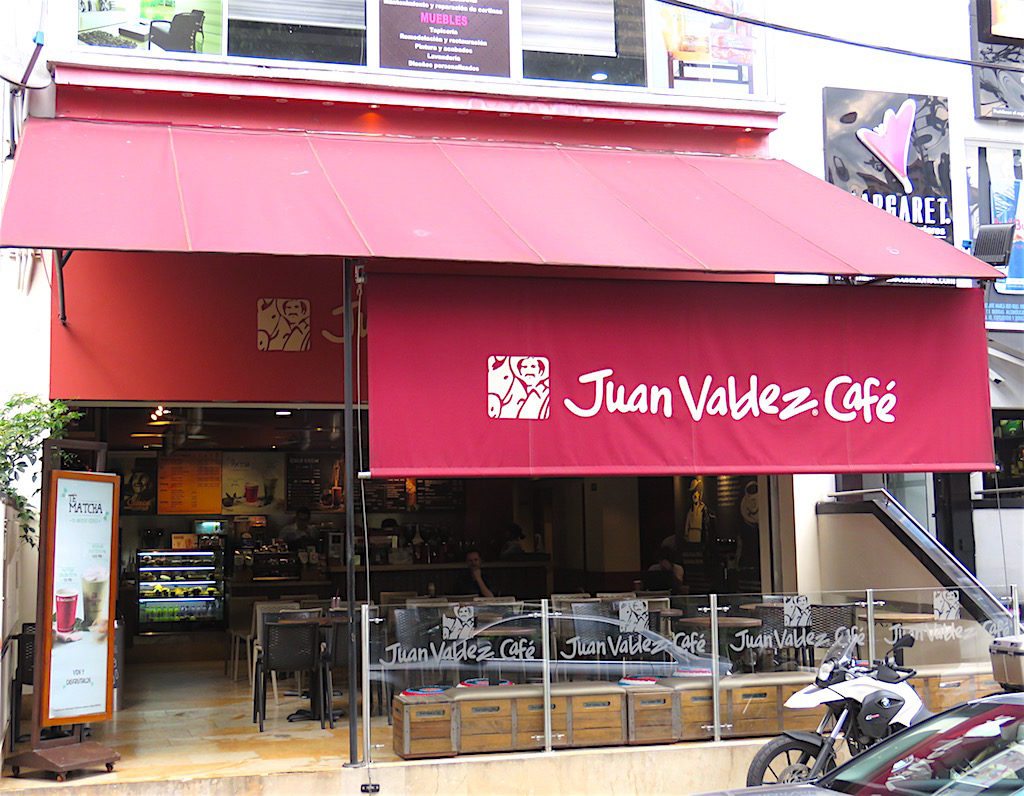
Juan Valdez coffee shop in Parque Lleras
11. Colombians Drink Coffee All Day Long
Colombians tend to drink coffee all day long. A Colombian may have a cup of tinto in the morning with breakfast, with lunch, with an evening snack, as dessert with dinner. And finally, may even have a small cup before going to bed.
In the U.S., it is common only to drink a single cup of coffee in the morning. And coffee shops in the U.S. do most of their business before 10 am.
But in Colombia, coffee shops don’t rely only on a morning rush. At coffee shops in Colombia, 3 pm and 7 pm tend to be busier than the early morning.
Also, in Colombia, your average Colombian usually makes a distinction between tinto and cafe (coffee). Tinto is a thicker more concentrated version that is made with commodity beans and sold in small cups. You can find many people selling tinto from thermoses on the street.
It’s only over the past few years in Colombia that coffee shops selling quality coffee have really started taking off. And on the Medellin Guru website we previous looked at the top 5 coffee shops in El Poblado and the top 8 coffee shops in Laureles.
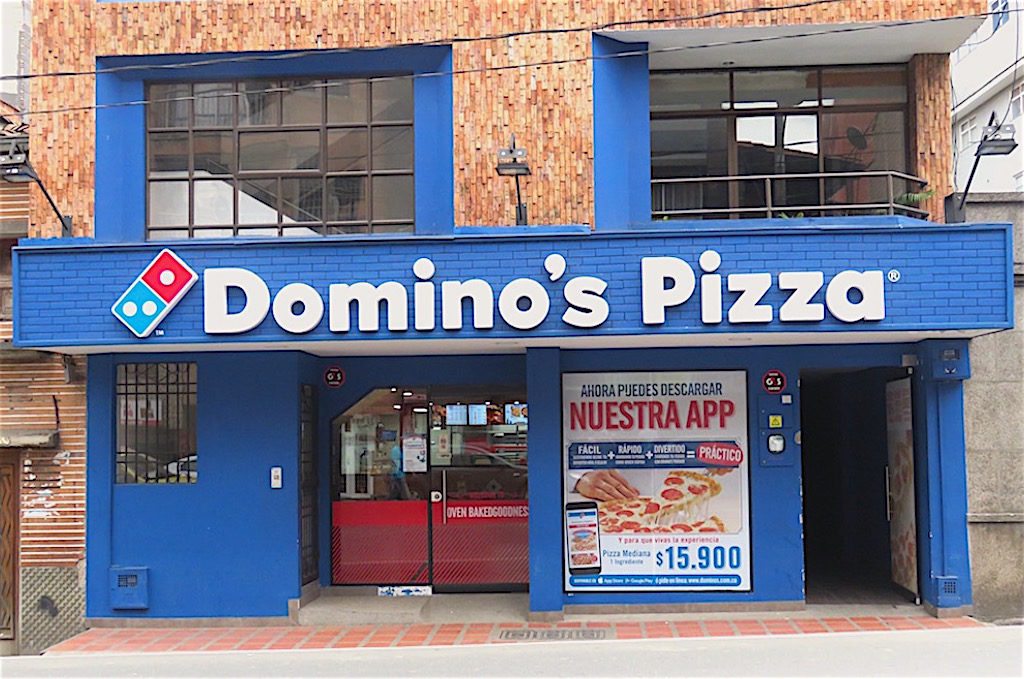
Domino’s Pizza in Sabaneta
12. Fast Food Can be More Expensive Than in the U.S.
Fast food places can be more expensive in Medellín and other cities in Colombia than in the U.S.
This doesn’t make sense though, as labor costs in Colombia are much lower than in the U.S. Many foreigners I have talked to find it strange that fast food can be more expensive in Colombia than in the U.S.
But instead of eating at the fast food places in Medellín, there are many small neighborhood restaurants in Medellín as an alternative. It is possible to find many small local restaurants in Medellín, which have inexpensive “menú del día” lunch specials.
These lunch specials normally range in price from 8,000 to 12,000 pesos. Furthermore, the menú del día normally includes a soup or salad, a main course of meat, chicken or fish plus sides of rice and/or potatoes and a drink.
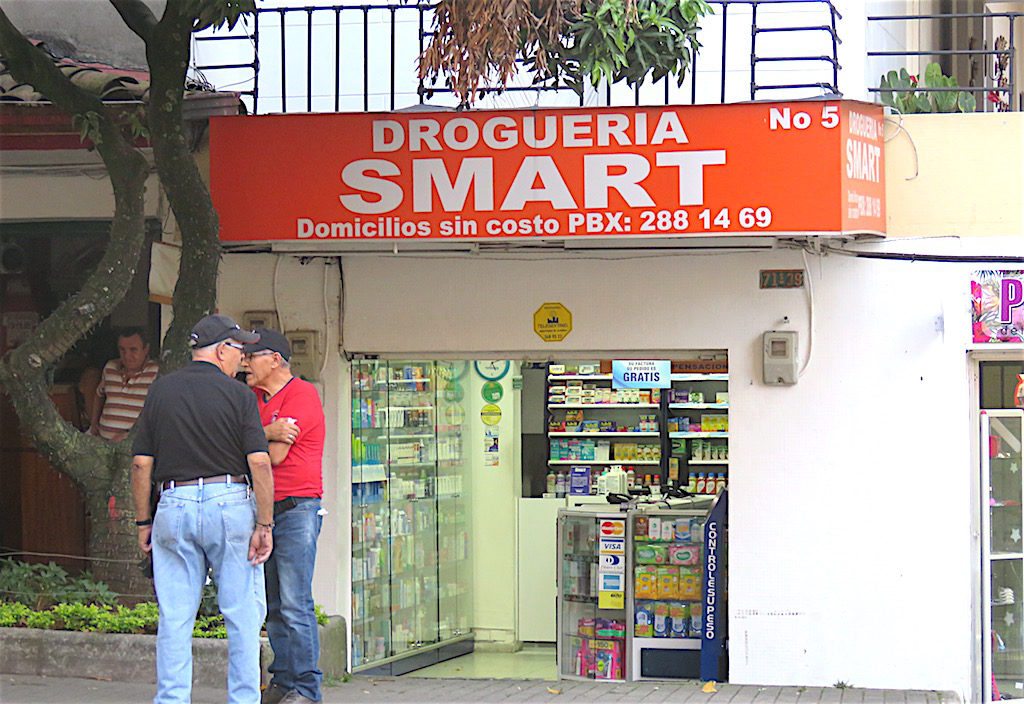
Small neighborhood pharmacy in Sabaneta, with free delivery service
13. Pharmacies are Everywhere and Drugs are Cheap
In Medellín and in the rest of Colombia, medication is typically purchased at pharmacies (farmacias), which are easy to find. And it seems like they can be found every few blocks in some neighborhoods. In addition, pharmacies can be found in many shopping malls as well as many of the large supermarkets like Exito and Jumbo.
The staff in Colombian pharmacies generally seems knowledgeable, in my experience. They will normally will have something to suggest if you tell them your symptoms. However, we recommend exercising caution when taking advice from anyone other than a doctor.
I have experienced no problems getting many drugs at pharmacies in Medellín without a prescription that would require a prescription in the U.S. Technically the pharmacies in Colombia are supposed to require a prescription for many types of drugs. Regulation was passed years ago in Colombia to halt unrestricted sales of antibiotics. But there still appears to be minimal compliance.
In over eight years living in Medellín, I have never been asked for a prescription. You can get all types of drugs like antibiotics, birth control pills and anti-depressants without a prescription.
The generic drugs in Colombia can be very inexpensive. For example,the antibiotic Amoxicilina (Amoxicillin) can cost only 8,000 pesos for a 30-pack of 500 mg generic capsules. And Sildenafil (generic Viagra) can cost only 4,500 pesos for a 2-pack of 50 mg pills.
Many foreigners I have talked to find it strange that you can obtain so many drugs without a prescription and for such low costs in Colombia compared to their home country.
14. You Can Get Delivery (Domicilio) Service for Almost Anything
Getting things delivered (domicilio) can be very inexpensive in Medellín. It typically costs only 1,000 to 3,000 pesos ($1 or less) and sometimes is even free. We have a fruit and vegetable tienda and several pharmacies near us that deliver for free.
Most restaurants and drug stores in Medellín offer home delivery services. You can also find many other types of places that offer delivery services including some grocery stores, small locate tiendas (stores), laundry and dry cleaners, butchers, veterinarian services, doctors and many others.
We use delivery services frequently to avoid the need to run to stores, particularly during the coronavirus pandemic. I am now spoiled by the availability of inexpensive delivery service.
The Bottom Line: Things in Colombia That May Be Strange for Foreigners
Colombia is a different country with different habits and some things in Colombia may be strange for foreigners accustomed to differences in their home country.
The bottom line is that the things in Colombia that may be strange or unusual for foreigners are from our point of view. But they are normal for Colombians.
Also, keep in mind a Colombian visiting the U.S. or a country in Europe would find many things strange or different in the U.S. or in countries in Europe compared to in Colombia.
Wouldn’t it be boring if you know everything already and everything was the same, right? You get to experience different cultures and habits and ways to do things when visiting or living in another country.
What other strange things in Colombia have expat readers experienced?
Sign up for the Free Medellin Guru Newsletter – You can see all of the previous Medellin Guru weekly email newsletters and sign up here.




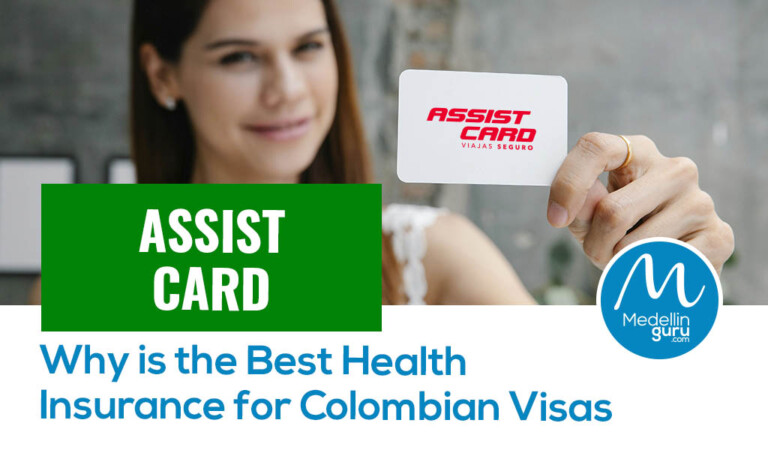


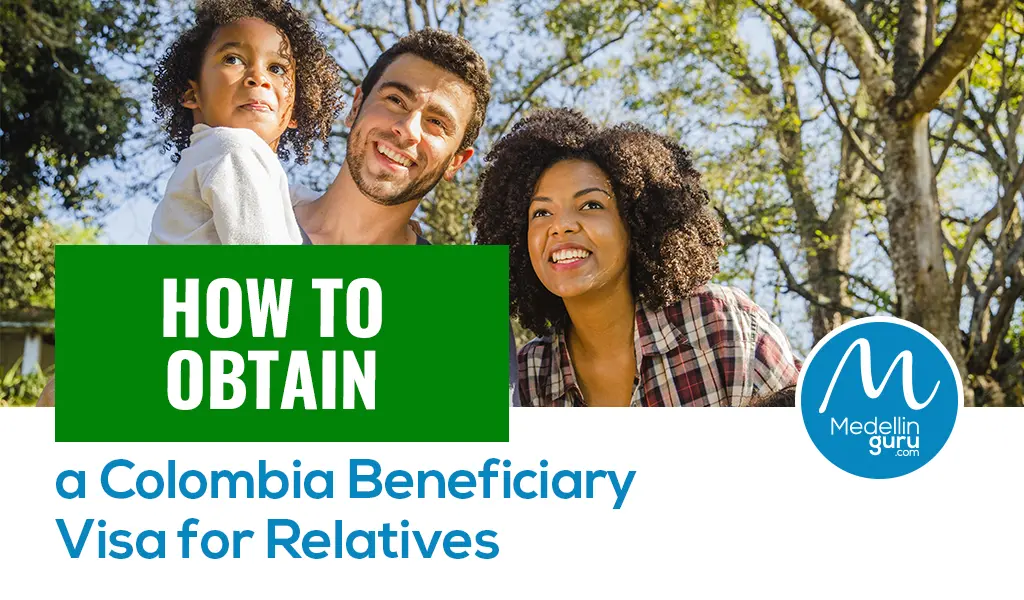
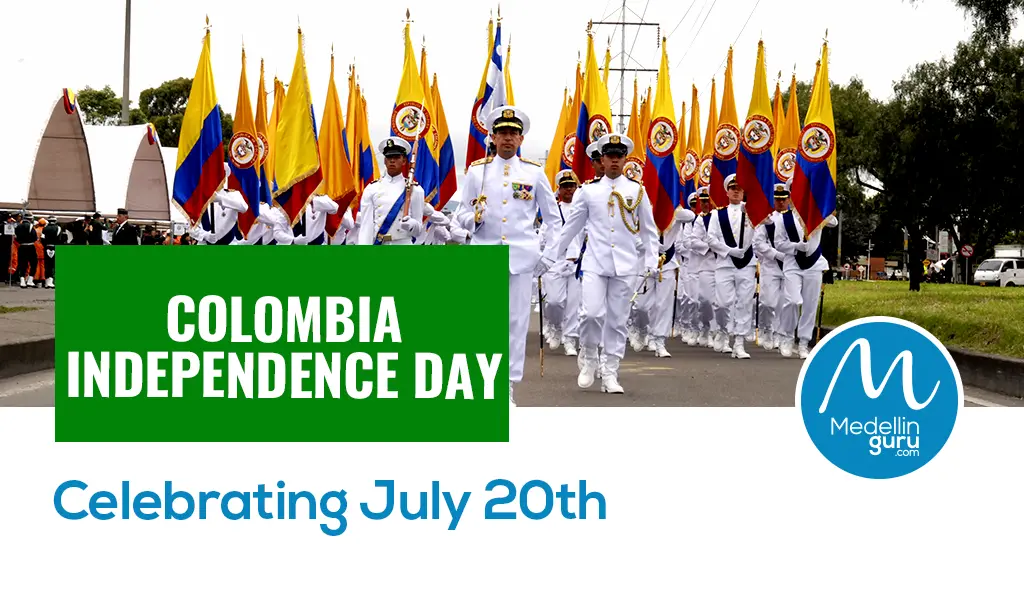
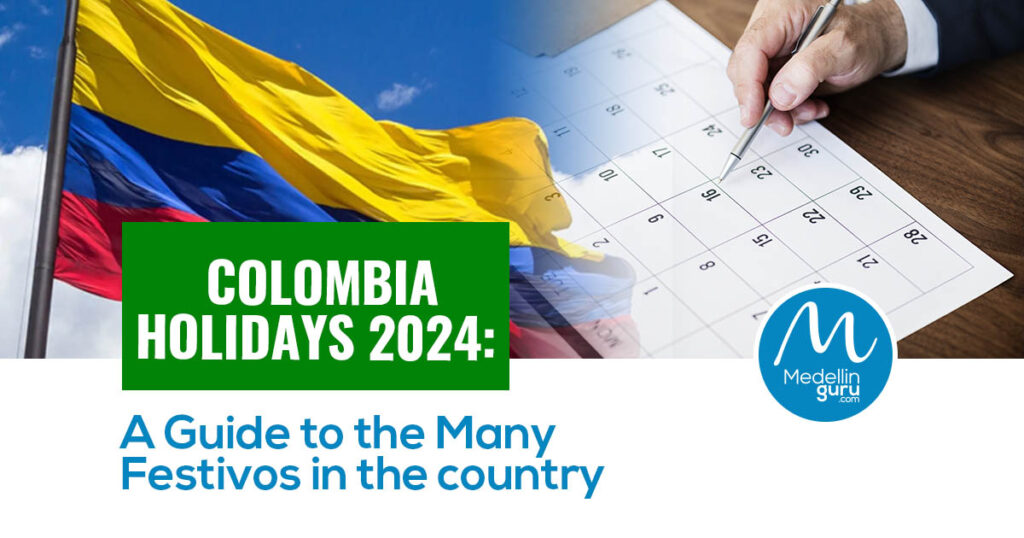
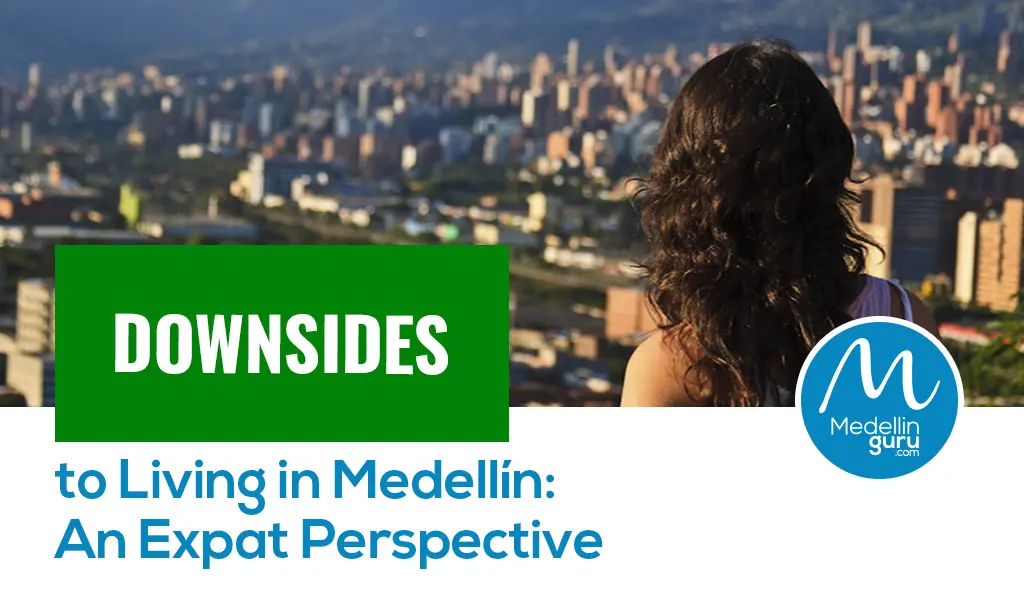
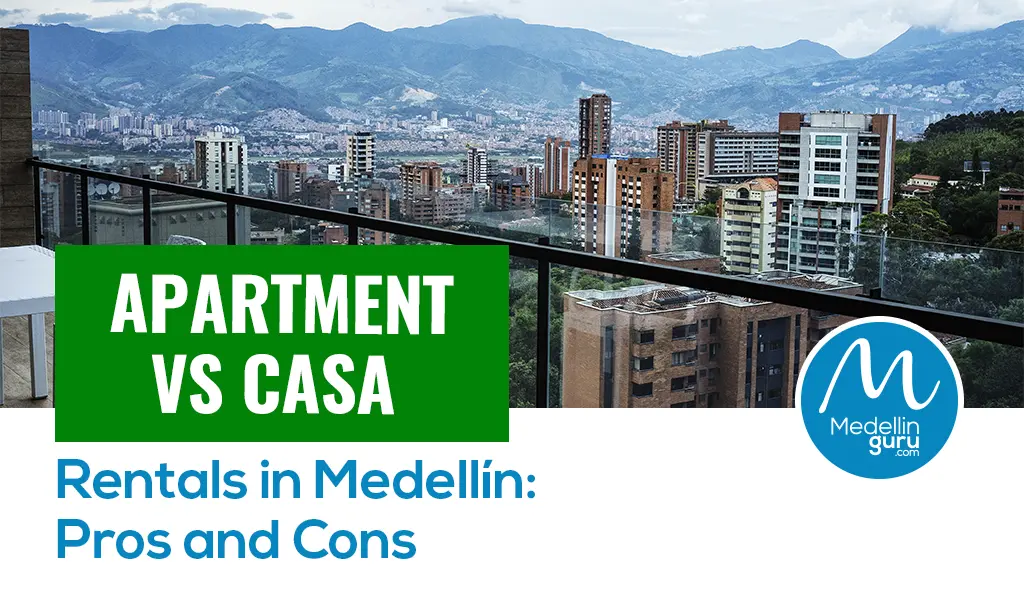


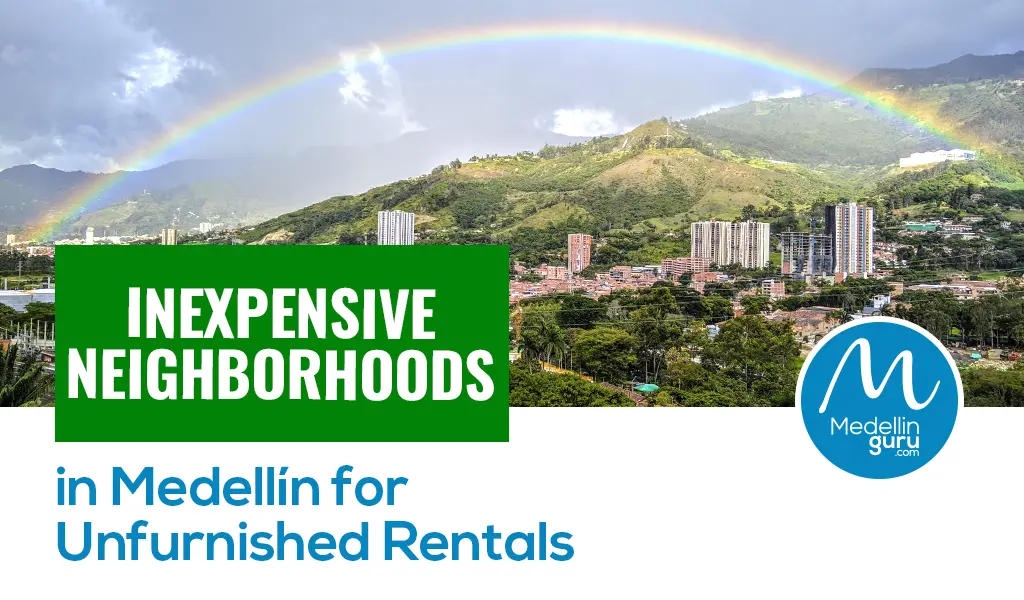


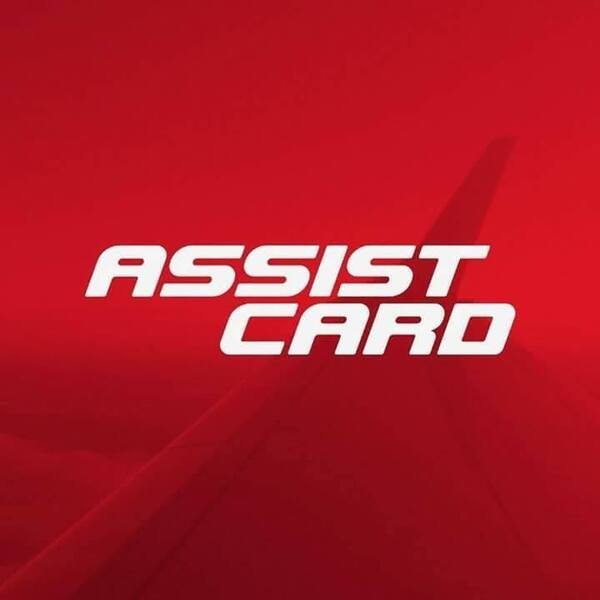

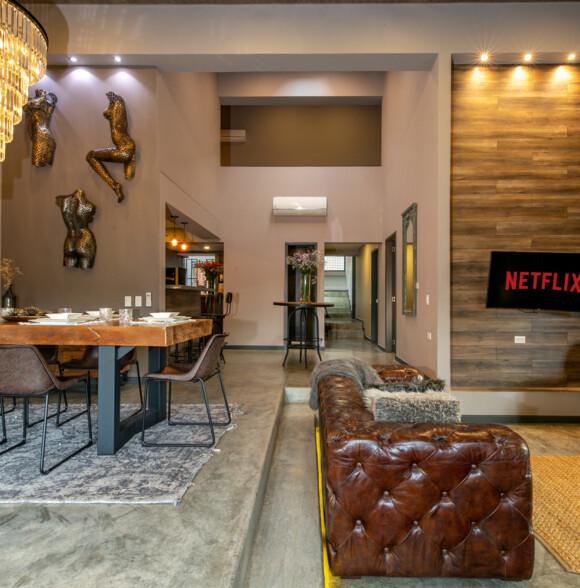

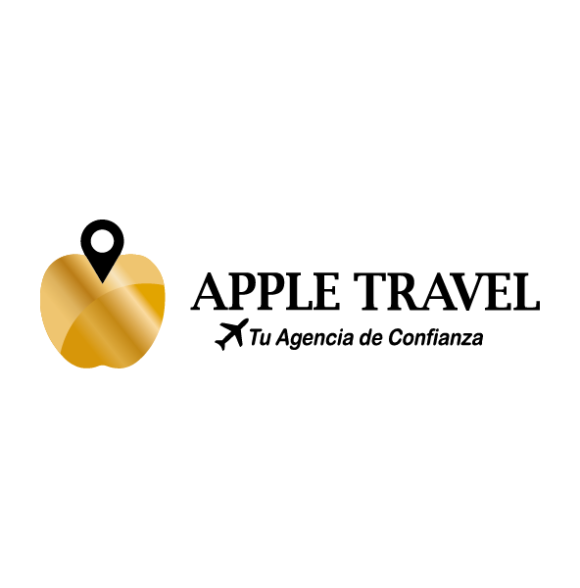















10 thoughts on “14 Things in Colombia That May Be Strange for Foreigners”
Here are a few more things that I found difficult to adjust to:
1) The cuts of beef are entirely different in Colombia than the U.S. You need a conversion chart if you want to buy bone in rib eye, eye of the round, top sirloin, New York steak, or brisket. Of course, they have all these cuts. The steers are not different anatomically. But how they butcher the animal into individual cuts of meat is radically different.
2) It is nearly impossible to find travel size toiletries that you can bring on to an airplane. Most Colombians have never been on an airplane. They travel by bus. So, you know that aisle at CVS or Walgreens that has bins full of travel sized toothpaste, deodorant, mouthwash, sunscreen, after shave, and all the other liquidy things they won’t let you carry on a plane in the name of security? Hard to find the 3 oz. or less size in Colombia.
3) If you are used to buying heat and eat frozen foods, like TV dinners, diced mixed vegetables, seafood bisque, minestrone soup, etc. you won’t find prepared microwavable heat and eat in the frozen food sections of even the largest markets. Mostly it is family sized frozen chicken and seafood in plastic bags. There just isn’t a market for ready-made frozen food. Too expensive, too many additives.
So, the frozen food section in Colombia sells ingredients to make something, but you still have to make and apply the sauces and spices yourself. Exceptions: Frozen waffles (one brand), frozen pizza (one brand), frozen cookie dough (one brand), frozen lasagna (one brand), frozen fried chicken, and believe it or not, at Carulla, frozen dim-sum.
Colombia is all about family. Kids don’t leave home until they get married and have a way to support themselves. So, products are sold more in family sizes than for individuals living alone. Craving heat and eat Cuban Black Beans in sauce, with onions and peppers? Forget about it. You can buy a bag of uncooked black beans: soak them overnight, chop some onion, make your sauce from scratch, and there you go. Or order it dehydrated from the U.S. in a pouch and heat it in boiling water for three minutes.
I order a care package from Amazon once in a while and with Prime, they will ship it for free to Giro Express, in Margate, Florida. This small, family run company has one mission in life: receive your purchases from different vendors and once you tell them you are ready, shipping all this American stuff in one box to Colombia. So you can order from Amazon as you think of it, and let the shipments accumulate at Giro.
I get my box delivered here in Medellín in a week. They don’t use giant, expensive shipping companies like DHL or Fed-Ex. They use Colombian trucking companies like TCC that charge Colombian prices.
Food in Colombia is plentiful, and cheap. But it can get boring too. So if you are craving Honey Nut Cheerios, Sterns Bakery Jewish Hamantaschen, Rice-A-Roni, Columbus Italian Dry Salami, See’s Candy, Minute Tapioca Pudding, Nabisco Honey Graham Crackers, Clark’s shoes in a size 12.5 (finding large sized shoes is a problem in Colombia), a bottle of 160 Ibuprofen Liquid Gel capsules (they sell it in much smaller quantities here), Teriyaki Beef Jerky, Banana Republic T-Shirts, or Bamboo Steamer Baskets, don’t fret.
Just order it shipped to Giro Express, and they’ll get it here quickly and at a reasonable cost. I am sure there are things I order for convenience that might be available here, but finding the place that sells them and what they are called in Spanish takes some time. So, those quarter sized batteries that go into a TV remote are probably sold here. But it is just much easier to order 6 of them from Amazon for $6 and have them shipped with the rest of the stuff I order.
Be aware of weight, though. I never order anything in cans, and there is something called dimensional weight. So, even if a box of feathers weight less than a pound, you will pay shipping on the size of the box the feathers come in.
Giro Express is experienced at repacking everything in one box, without all the extra padding. They also take care of the customs duties, so everything arrives pre-paid and sails through customs from the plane to the truck. Nothing they’ve shipped in three years has ever arrived damaged.
P.S. There are local small businesses that make food you cannot find in stores. Want real everything seeded bagels? Pastrami or Maple Breakfast Sausage? Lemon meringue or pumpkin pie? Chunky Peanut Butter? New York Style Rye Bread? No need to ship it in, you can buy it here using WhatsApp and, like everything else, have it delivered. But these artisan vendors will be found by word of mouth. So ask me or your friends, and you might be pleasantly surprised what people are cooking or baking that isn’t sold in stores.
P.P.S. Pricemart has Smoked Salmon, Martinelli’s Sparkling Cider, Real Mortadella with pistachio and Thomas English Muffins. Sometimes. All are apparently popular and often out of stock and unavailable.
Colombians hate spicy foods. Do onto expect your Indian Curry or Mexican platter to be very spicy. There is generally no salt or pepper on the table in restaurants. If you make it to Bogota, they have a P.F. Chang’s there. The menu looks like it does in the U.S. but all the dishes are blanded down to appease the Colombian palette. You almost have to go to Miami to get spicy food
I guess you are expected to eat it the way the chef cooked it. If you ask, they generally have a single set of salt and pepper for the whole restaurant. In the produce department, do not expect to find habaneros, jalapeños, or even red chillis.
I once gave a Colombian girl at piece of red radish to taste. (Not horseradish, plain old red radish like you’d put in a salad.) I thought she was going to pass out from the way she was acting. Too hot. Demasiado picante. She spit it out after just chewing a few bites.
Miami is heavily Cuban but most Latin countries have established a vibrant presence there too…except Mexico which is the boss when it comes to spicey food in the Americas. There’s gotta be plenty of Mexicans but I never found any Mexican barrio except way South just above where the Florida Keys kick in. Cuban food has about as much spice as Colombian food which as you know is pretty much zilch but at least they have salt & pepper shakers. In Mexico any chili lover will lay in a supply of habaneros and serranos but they have nothing to do with La Habana Cuba. Chimichurri sauce isn’t spicy or hot but it has a smart tang to it. The Argentinians and Nicaraguans do up a nice chimichurri with parsley, garlic and olive oil.
To get my hot sauce fix in Miami I had to resort to Indian curry or the Thai restaurants around town. When you order you tell them how many stars you want ranging from the one star wimp tourist to the five star incendiary explosion with waiting ambulance.
As I write this in Laureles even now at this very moment, there’s a live Mexican band singing love ballads across the street in the park. Makes me think of a restaurant in San Miguel de Allende Guanajuato. The chef fired up my chilies separate in a frying pan with salt and a spritz of oil.
Jeff,
I am Colombian and enjoy reading your articles. However, I disagree with you in the amount of cofffee that Colombians drink. Most people like to drink chocolate with their breakfast but those that drink coffee just have a cup and most of the time with milk and then throughout the day they have demitasse ( tinto: small cup of coffee).
As far as the USA is concerned the consumption of coffee has increased tremendously. I have been in the USA for 45 years and lived in two big cities: New York and San Francisco. I worked with American people that drunk 13 to 14 cups of coffee a day. The Starbucks and Peets coffee are full all day long testimony.The only movement that you saw and still see, during this pandemia, in my neighborhood is the drive thru line at Starbucks from opening time to closing time.
Great article and you hit the nail on the head with most but, as a Colombian, I’d add a few things to your list. The reason why everything is sold in bags is because it’s generally cheaper for the consumer. It’s also why small tiendas sell shampoos among many other things in those little plastic bags. The milk, and I’m no expert, also goes through a different process than the one sold in the US. Hence the difference in storage and in taste as well. Also, café, at least in Bogotá, can also mean coffee with milk. If you order a café, they’ll ask if you want it black (tinto) or if you mean with milk (perico). Lastly, the ants are a regional thing but it’s becoming a generational thing as well. My dad is from Santander and loves his ants but my cousins and myself do not.
You can find great bananas everywhere, Jeff… Just not in the supermarkets because they put it in the fridge and it damaged the bananas.
Not everywhere, why would readers in Laureles, Sabaneta and Envigado complain. I live in Sabaneta and have not found one store that regularly stocks good bananas. On rare occasion a couple stores have good bananas – but that is the exception.
Carulla always has good bananas. Even Exito. I’ve never had a bad banana.
Interesting article. I agree that good bananas are very hard to find. The grocery stores near me only have green bananas or too ripe and I have given up. I like having a banana for breakfast but have switched to apples or pineapples.
Really well-written snd informative